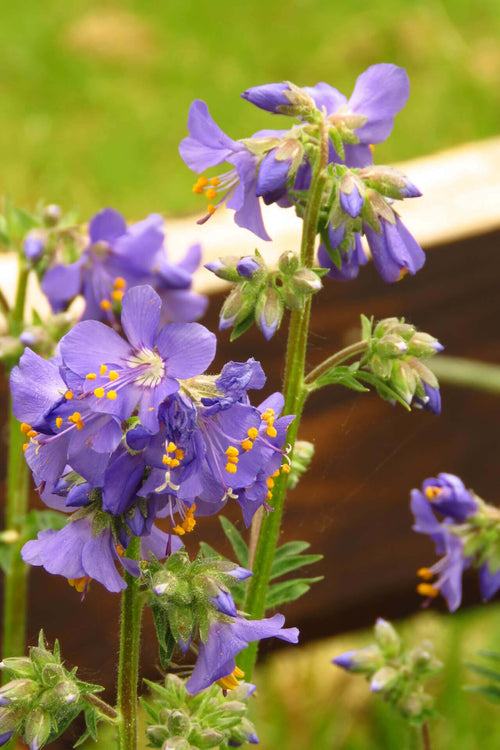The cacti is a wonderful one when considering plants that will thrive and do good indoors.
These are very versatile and will thrive inside with very little water needed to make them grow.
Cacti are hardy, sturdy, and do great inside. Cacti plants are tremendous and can live for years if they are taken care of. These plants will thrive during the winter months inside because they are used to dry and heated areas. Cacti plants will need to be watered once a month, unlike other inside plants that need to be watered about every day or every other day.
Cacti are great because they will grow in very shallow pots and do great when sat in a shallow dish with a drain hole in the bottom. When they are watered, the water will run through but will be used as they need it. Cacti also need to be handled very carefully because they will have needles that will hurt, so handle them with care.
A very thick pair of gloves will prevent this from happening. Keep these plants up and away from children and pets so they will get hurt. If a piece of cacti gets in your finger, it can be removed by gently using tweezers or with a sturdy and durable piece of tape.
Cacti will also thrive and grow well if placed on a windowsill to receive the most significant amount of sunlight. Sometimes these plants do not need to be watered for weeks at a time and will all depend on how hot the environment is where they are. Some soils are specially made for the cacti plant.
These plants will not do well in regular soils unless they are a very coarse variety. Buy the plants that will help the cacti plant thrive and become healthy.



















































